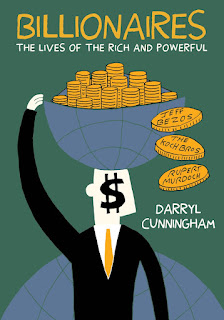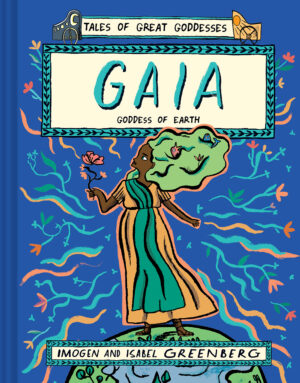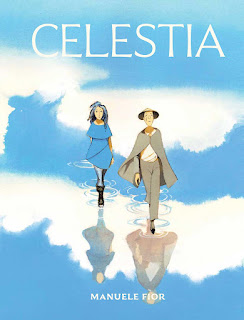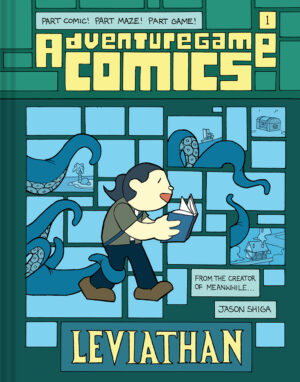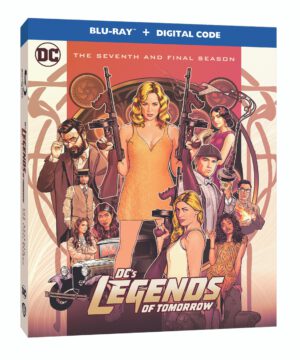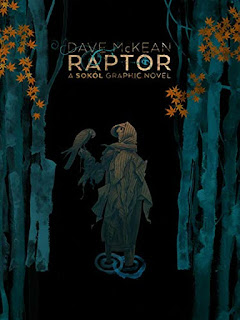Fowl Language: Winging It by Brian Gordon
If there’s only three books of something, and you read the first two and enjoy them, you’re gonna come back and hit the third one. It’s just one of those things.
I may not have anything new to say about Winging It , the third book collecting Brian Gordon’s online comic strip Fowl Language, since I’ve already written about Welcome to Parenting and The Struggle Is Real since March.
Gordon’s been doing this strip about a decade, and it’s entirely about his family life: he draws a family of ducks (viewpoint father, mother, older boy and younger girl) who match, as far as the reader can tell, his actual family, although the ducks have (very sporadically) had their own names, which don’t match Gordon’s family’s names. By the point of the strips in this 2019 book, the two kids were tweens: the obnoxious, demanding, argumentative years. (They’re all obnoxious years, as parents come to learn – it’s just different kinds of obnoxious as you go along.)
This one is more structured than the first two were, organized into a dozen thematic chapters, each one of which has a short intro by Gordon, laid out in a font that looks like the lettering in the strip so it’s “handwritten.” Those chapters loosely follow the kid-development timeline – at least as far as Gordon’s own kids have gotten – starting with “Babies” and running through things like “Food” and “School” on the way to “Growing Up Too Fast.” The intros are pretty close to the standard American “kids are wonderful and horrible” line of discussion, and don’t really add much: I’m sure Gordon means all of it and is being sincere and honest, but we’ve all seen this a million times before. His strips are more distinctive and original, since they have to be quick and precise and funny.
As someone who has assembled books and planned out publication schedules, I have suspicions about this book. In particular, I would bet a medium-sized sum of money that it includes all of the usable early strips that didn’t make it into the first two books, as a semi-housecleaning measure, along with some then-newer material. It was the “we have just enough for a third book, so we’re making a third book” kind of third book, is what I think. And the intros were partially an effort to hit the sentimentalist sweet spot of the market and partially a way to generate new content for the book fairly quickly. (I would not be surprised if Gordon knocked them all out over a weekend.)
So this is the least of the three books to date, but it’s still fun and funny. If you find it next to a cashwrap, or in a pop-up in your favorite online store, as your own kids are squabbling in the background, you will likely enjoy it only incrementally less than the first two. And that’s just fine.
Reposted from The Antick Musings of G.B.H. Hornswoggler, Gent.



